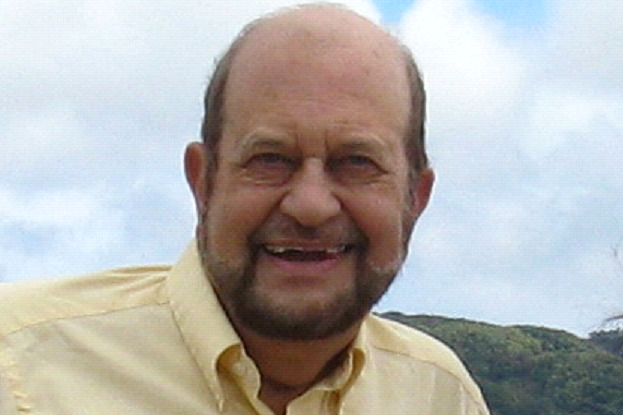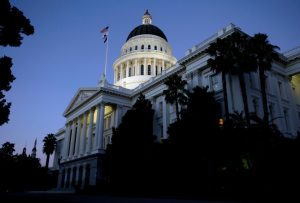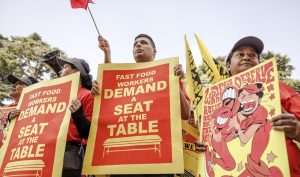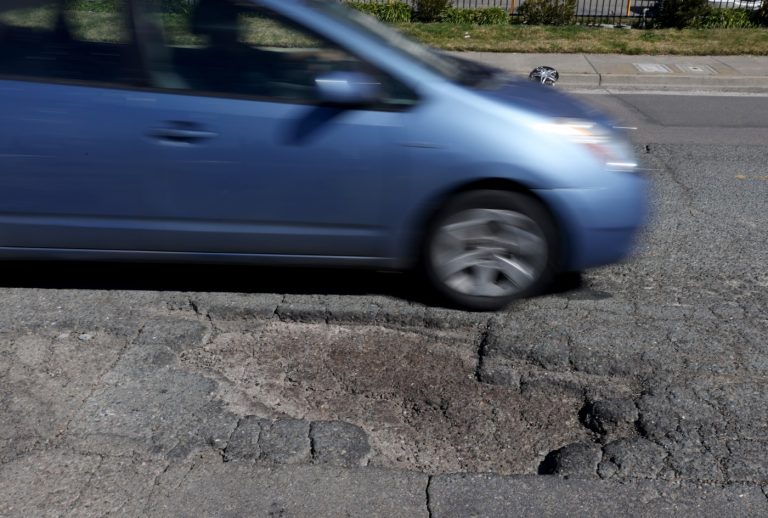Related Articles
Elias: Six California Congressional races more crucial than usual this year
Elias: $400M ‘loan’ to PG&E to keep nuclear plant going a raw deal
Elias: Blue states likely to keep trying to let noncitizens vote locally
This fall’s campaign over the anti-crime Proposition 36 now promises to be one of the more expensive and unnecessary ballot measure campaigns California has seen, as avid supporters of the 2014 Proposition 47 battle to keep it alive in more than just name.
It’s a political fight that could have been avoided fairly easily by Gov. Gavin Newsom and the numerous district attorneys and big box store chains behind the new ballot initiative. They could have (and should have) used a decade-old process letting initiative sponsors reach agreements with legislators who have opposed their measures, leading to new compromise laws and then withdrawal of the initiatives involved.
The clear-cut conflict between Newsom and liberal Democrats who dominate the Legislature and the sponsors of Prop. 36, who called their measure the Homelessness, Drug Addiction and Theft Reduction Act (even though its link to homelessness is unclear) was always plain: Newsom’s side sees Prop. 47 as largely successful in reducing repeat crimes and treating the drug addictions that motivate many offenses.
Much of law enforcement views Prop. 47 as an abject failure, though, that’s caused more crime by reducing many former felony offenses to misdemeanors and setting $950 as the lower limit for the value of felony thefts. Never mind, they say, official statistics that suggest most crime levels are now near all-time lows.
The get-tough side in this dispute had no problem gathering more than 600,000 voter signatures to qualify its plan for the ballot. The proposition would let prosecutors aggregate the value of goods an accused individual has stolen and conduct a felony prosecution when the total goes higher than the $950 limit. It would also crack down hard on fentanyl users, dealers and illicit manufacturers.
The obvious compromise could have been to aggregate the take from thefts by individuals, but leave all the anti-drug addiction benefits of Prop. 47 intact. Such a deal would have restored some crimes reduced by Prop. 47 from felonies back to that status, including crimes like burglary of stores during business hours and forgery. At the same time, a compromise could have left crimes like drug possession and writing bad checks as misdemeanors.
No attempt was made at compromise, though. Rather, under pressure from Newsom, legislators passed a package of new laws allowing felony prosecutions on the third theft offense, regardless of value. The new laws also let judges impose restraining orders preventing “minor” thieves from revisiting stores they’ve shoplifted, while eliminating time limits for prosecution of organized retail thievery like last year’s well publicized smash-and-grab burglaries of major retail stores.
This lets the governor and his legislative allies claim they’ve solved the Prop. 47-related problems that led large companies like Walmart, Walgreens and Nordstrom to close multiple California stores in part because of major losses from thefts enabled by Prop. 47.
The laws they passed are not as tough as Prop. 36, though, with its extreme emphasis on shoplifting offenses. Despite this, some lawmakers who voted against the Newsom-linked package maintained that its increased emphasis on repeat thievery will increase mass jailings of U.S. racial minorities.
“These measures deepen mass incarceration, and (that) is going in reverse of where Californians (wanted to go via Prop. 47),” said state Sen. Lola Smallwood-Cuevas, D-Los Angeles. Her statement added that “increased criminalization too often falls on the backs of Black and Latino Californians.”
Other Democrats opposed the bill package because it creates two new crimes they say are already covered under existing laws: breaking into a vehicle with intent to steal and possessing property stolen from a vehicle with intent to sell it.
If the conflicts between the new bill package and Prop. 36 seem fairly small, with both aiming at alleged flaws in Prop. 47, that’s because they are. That’s also why it was plain from the moment Prop. 36 qualified for the ballot that it would essentially be unneeded if legislators passed new laws accomplishing many of its aims.
They’ve now done that. Which means voters will be wasting their time and psychic energy if they get very caught up in the upcoming ballot measure fight. The basic reality is that most of this exercise and expense could and should have been avoided.
Email Thomas Elias at tdelias@aol.com, and read more of his columns online at californiafocus.net.












